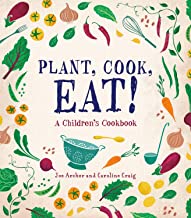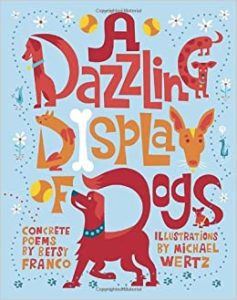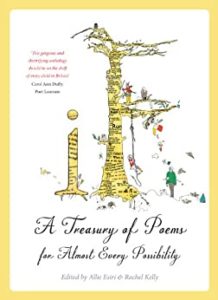The Big Finish by Brooke Fossey
Eighty-eight-year old Duffy Sinclair is a little bit of a crank, a flirt, a prankster, and scared of losing his home. He and Carl share a room at the Centennial Assisted Living Facility in Brooke Fossey’s novel, The Big Finish.
Sharon, the new owner of Centennial, has plans to remodel and double the fees but can only do it as current residents depart. Departure could mean having to move to the dreaded roach-infested nursing home down the road. Duffy is determined that will not be his and Carl’s fate then Josie literally falls into their lives.
Carl is the best friend Duffy never had and Duffy thought he knew everything about him. But both men have secrets and Carl’s just opened the window and crawled/fell into their room. Barefoot and sporting a shiner Josie has come to visit her grandfather, Carl Thomas Upton.
Duffy is ready to call the staff as he knows Carl and his late wife did not have children. But Carl acknowledges Josie’s claim and the first order of business is to hide her as Nurse Nora is at the door. Then the debate begins.
Josie wants to stay a week but Duffy is not ready to risk his spot at Centennial hosting an unauthorized guest. Carl reveals the circumstances of Josie’s mother birth and mourns that her recent death means he’ll never get the redemption he sought. Josie is his second chance.
Disappointed in Carl and scared of what eviction would mean Duffy is adamant that Josie leave. But then Josie enters the facility in a more conventional manner. The other residents and staff are charmed by Carl’s granddaughter. With Josie invited to join them on a planned trip to Walmart Duffy is determined to keep an eye on her.
What he sees is that Josie may have a more serious problem than needing a place to stay. Duffy is 13 years sober and in Josie he recognizes the same physical symptoms he suffered when alcohol ruled his life. His big secret – alcoholism and the life he wasted.
Despite his misgivings Duffy decides that Josie needs an intervention. But first he has to convince her she needs help and to complicate things further Bates shows up looking for Josie. Bates claims to be her boyfriend but he appears none to friendly and probably the cause of her black eye. He brings a whole new set of problems for the octogenarian determined to get Josie’s life back on track.
Each day Centennial has a schedule of the events for the day. The story starts with Saturday August 26 and the last day is Wednesday August 30. In those 5 short days can Duffy turn Josie’s life around? Will he find that Josie can be his redemption?
This novel is at times funny, touching, harrowing, and sad. The challenges of aging and what it means to be family are explored in this entertaining first novel by Fossey. The author has a knack for good dialogue and characters and I had no trouble picturing Duffy, Carl and Josie in my mind as I read.
Read-alikes for this title are The Unlikely Pilgrimage of Harold Fry and Lillian Boxfish Takes a Walk. If you enjoyed those novels, you’ll find Duffy’s tale to your liking.




 A Dazzling Display of Dogs by Betsy Franco, illustrations by Michael Wertz
A Dazzling Display of Dogs by Betsy Franco, illustrations by Michael Wertz